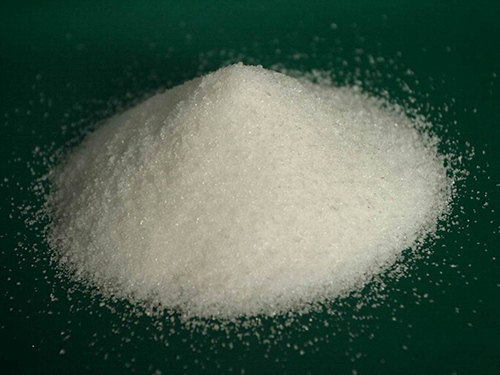polyacrylamide flocculant
The Role of Polyacrylamide Flocculants in Water Treatment
Polyacrylamide (PAM) flocculants are widely recognized for their pivotal role in the field of water treatment and environmental management. These synthetic polymers are prominent in various industrial processes due to their ability to facilitate the aggregation or flocculation of particles in suspension. This article explores the properties, applications, and benefits of polyacrylamide flocculants.
Understanding Polyacrylamide
Polyacrylamide is a water-soluble polymer formed from the polymerization of acrylamide monomers. It can exist in various configurations, including anionic, cationic, and non-ionic forms, each tailored to meet specific treatment requirements. The choice of PAM type depends largely on the nature of the particles present in the water and the overall chemistry of the system.
Mechanism of Action
The flocculation process utilizes polyacrylamide’s unique molecular structure, which allows it to bridge particles together through a mechanism known as charge neutralization and particle interaction. When PAM is added to a suspension, it interacts with both charged particles and neutral colloids, reducing the repulsive forces between them. This leads to the formation of larger agglomerates or flocs, which can more easily be separated from the water, either through sedimentation or filtration.
Applications of PAM in Water Treatment
1. Municipal Wastewater Treatment PAM is extensively used in municipal wastewater treatment plants. It helps in clarifying water by promoting the removal of suspended solids, organic matter, and colloidal particles. This is crucial for meeting regulatory standards and ensuring the safety of discharged effluents.
polyacrylamide flocculant

2. Mining Industry In mining operations, PAM plays a significant role by assisting in the separation of minerals from water. It facilitates the recovery of valuable ores while minimizing environmental impacts.
3. Industrial Process Water Many industrial processes require the treatment of process water. PAM helps in recycling water by enabling the removal of impurities, thus reducing freshwater consumption and waste generation.
4. Agriculture In agricultural practices, PAM is used to improve soil moisture retention, enhance nutrient availability, and reduce soil erosion. Its role in irrigation systems helps preserve water resources.
Benefits of Using PAM Flocculants
The use of polyacrylamide flocculants offers several advantages
- Efficiency PAM flocculants are highly effective at low concentrations, making them economical compared to other treatment methods. - Versatility With different types available, PAM can be customized to suit diverse applications, whether for treating wastewater, enhancing soil quality, or supporting industrial processes. - Reduced Chemical Use PAM facilitates the removal of solids without necessitating high chemical dosages, leading to less chemical residue in the environment.
Conclusion
As the demand for efficient and sustainable water treatment solutions continues to grow, polyacrylamide flocculants stand out as a versatile and effective choice. Their ability to enhance the efficiency of particle removal processes is invaluable in diverse applications, from municipal wastewater treatment to industrial processes. By harnessing the unique properties of polyacrylamide, industries can not only improve their operational efficiencies but also contribute positively to environmental conservation and resource management. As technology advances, further innovations in PAM formulations are anticipated, ensuring its continued relevance in the water treatment landscape.
-
LK-319 Special Scale And Corrosion Inhibitor For Steel Plants: Advanced Solutions for Industrial Water SystemsNewsAug.22,2025
-
Flocculant Water Treatment: Essential Chemical Solutions for Purification ProcessesNewsAug.22,2025
-
Isothiazolinones: Versatile Microbial Control Agents for Industrial and Consumer ApplicationsNewsAug.22,2025
-
Scale Inhibitor: Key Solutions for Water System Scale PreventionNewsAug.22,2025
-
Organophosphonates: Versatile Scale Inhibitors for Industrial Water SystemsNewsAug.22,2025
-
Scale and Corrosion Inhibitor: Essential Chemical Solutions for Water System MaintenanceNewsAug.22,2025





